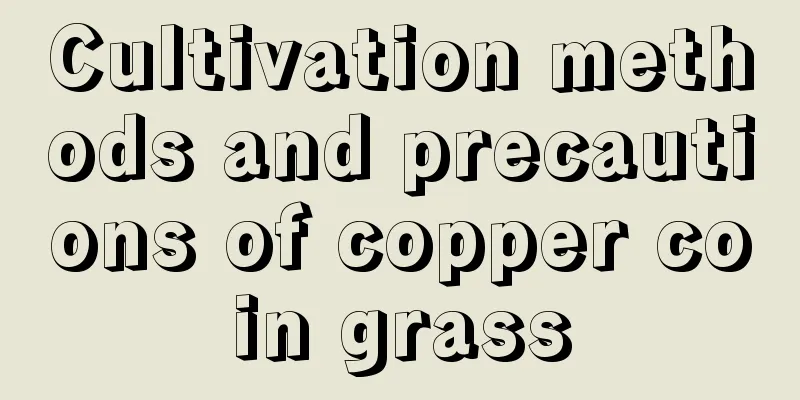Difference Between Dandelion and Dandelion

leafThe leaves of dandelion are obovate-lanceolate or oblong-lanceolate, obtuse or acute at the tip, with wavy teeth or deep pinnate-like fissures on the edges. The lobes at the top of the leaves are relatively large, triangular or triangular-shaped. The edges of the leaves are all serrated, flat or growing inverted, with small teeth between the lobes, gradually narrowing into petioles at the bottom. The petioles and main veins are reddish-purple and covered with spider-like white soft hairs. The leaves of dandelion grow in clusters and fall off when the flowers bloom. They are generally oval or elliptical in shape, not divided, and have blunt or pointed tips. The base of the leaves is wedge-shaped, with coarse serrations on the edges, dark green on the top and light green on the back. No hair covering. The stem leaves are opposite, often deeply pinnate, with the terminal lobes being ovate or lanceolate, gradually tapering from the apex, with coarse serrations, and covered with hairs on both sides. The upper leaves gradually become narrower and have no petioles. flowerThe upper part of the scape is purple-red and covered with soft hairs. The involucre of the flower is bell-shaped and light green overall; there are 2 to 3 layers of bracts. The outer involucral bracts are ovate, broadly membranous above the margins, pale green at the base and purplish red above. The anthers and stigma are dark green. The overall color of the flower is white. Dandelion grows upright and has yellow flowers at the top of the branches. The involucre of the dandelion flower is linear in shape and very small; the bracts are also very small; so the whole flower is also small. The corolla is bell-shaped, yellow, with an inconspicuous cyst on one side of the base, covered with long white hairs, and the corolla lobes are ovate; The style is about 3 mm long and the stigma is shield-shaped or truncated. Okay, you can always tell them apart based on the leaves and flowers, right? |
<<: Ginger flower cultivation methods and precautions
>>: Difference Between Lavender and Sage
Recommend
How to grow apple mint
1. Planting steps 1. Choose the type of propagati...
How to care for geranium in summer
Key points for geraniums to survive the summer If...
Saffron seeds and cultivation methods, saffron planting time
1. Seed Planting 1. Seed selection and germinatio...
What is Bamboo Leaf Green Tea?
1. What is tea? Zhuyeqing is actually a type of g...
How many years can I grow colored calla lilies? Do they like sunlight?
1. Do you like sunshine? Colored calla lily likes...
When does the red spider lily bloom? Pictures of the red spider lily
1. Flowering time Normally, red spider lilies blo...
When does the ball orchid bloom?
When does the ball orchid bloom? When does the Ho...
How to spend the summer with Euphorbia milii
1. Control sunlight It likes sunlight, but the su...
Where is Gastrodia suitable for planting?
Gastrodia elata planting area Gastrodia elata gen...
When does the hosta flower bloom?
1. Flowering period Hosta is a perennial flower o...
Is hibiscus edible?
Hibiscus Nutrition Hibiscus flowers are sweet and...
When and how to plant Artemisia selengensis? What season is suitable for planting?
Artemisia selengensis planting time The time for ...
Advantages and disadvantages of purple rose
Zisaki rose is a greening rose from Nanyang. Beca...
Can the newly transplanted osmanthus tree be pruned (how to prune the newly planted osmanthus tree potted plant)
In fact, the purpose of pruning potted osmanthus ...
Is passion fruit easy to grow? How to grow passion fruit the right way
Passion fruit is a plant that grows in the south....









